Valve actuator / actuation -(6)-Control panel
Control panel of valve actuator:
The main purpose of the control panel is to distribute the electrical energy output by the generator to the user’s load or electrical equipment, and it is also used to indicate the operation of the diesel generator and to keep the
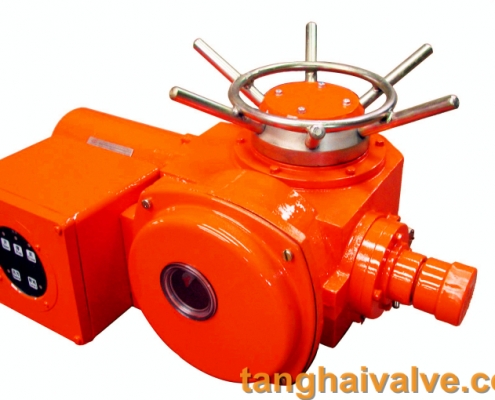
electric actuator for valve
generator’s voltage stable when the load changes. Generally, voltmeters, frequency meters, ammeters, power meters, three-phase current conversion switches, three-phase voltage conversion switches, voltage setting knobs and various indicators are installed on the control panel. For the oil pressure gauge, oil temperature gauge, battery charging ammeter, water temperature gauge, start button and starter electric lock, some of them are directly installed on the control panel according to the design requirements, and some are installed on the dashboard of the diesel engine. The components installed inside the control panel are mainly related to the excitation mode of the generator and the automatic control of the diesel engine. The internal structure of the diesel generator set control panel.
Simple control panels are generally equipped with voltage regulators, silicon rectifier diodes, varistors, automatic air switches, current transformers and other components. More complex control panels must also install overload and short-circuit protection devices, electronic speed regulators, and other components. SCRs, relays, various safety devices and electrical equipment such as small transformers.
TH Valve is a professional manufacturer of butterfly valve, gate valve, check valve, globe valve, knife gate valve, ball valve with API, JIS, DIN standard, used in Oil, Gas, Marine industry, Water supply and drainage, fire fighting, shipbuilding, water treatment and other systems, with Nominal Diameter of DN50 to DN1200, NBR/EPDM/VITON, Certificates & Approvals: DNV-GL, Lloyds, DNV, BV, API, ABS, CCS. Standards: EN 593, API609, API6D
Related news/knowledge:
Valve actuator / actuation -(7)- generator;
Valve actuator / actuation -(1)-introduction;
Valve actuator / actuation -(2)-classification and working principle;
Working principle of electric gate valve

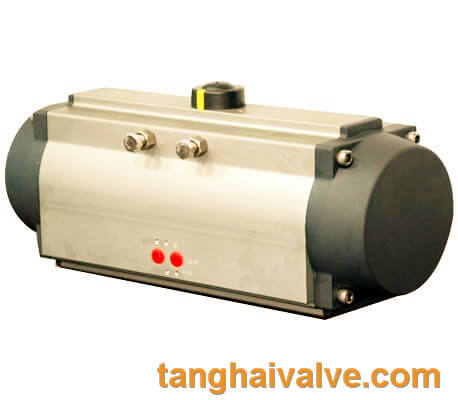
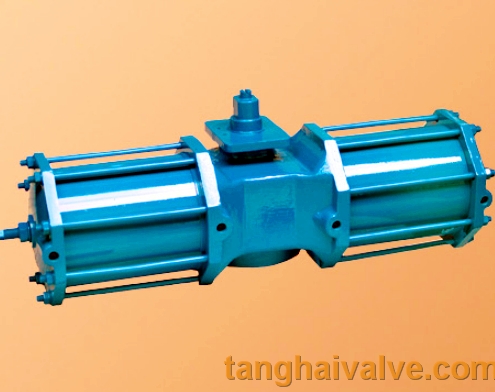
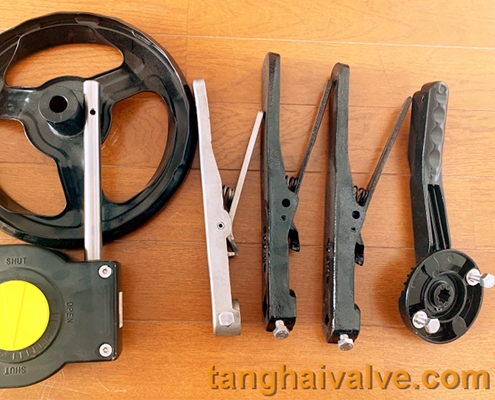
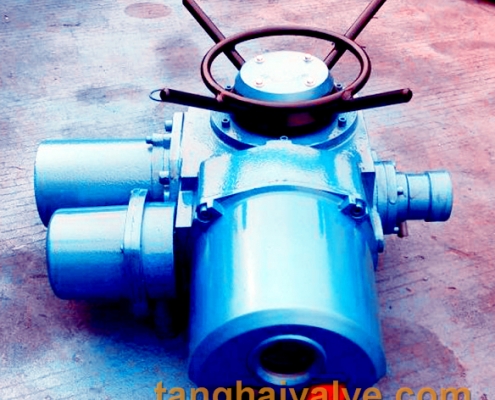


 © Copyright 2020 Tianjin Tanghaidongyang Valve Co., Ltd. All Rights Reserved.
© Copyright 2020 Tianjin Tanghaidongyang Valve Co., Ltd. All Rights Reserved.